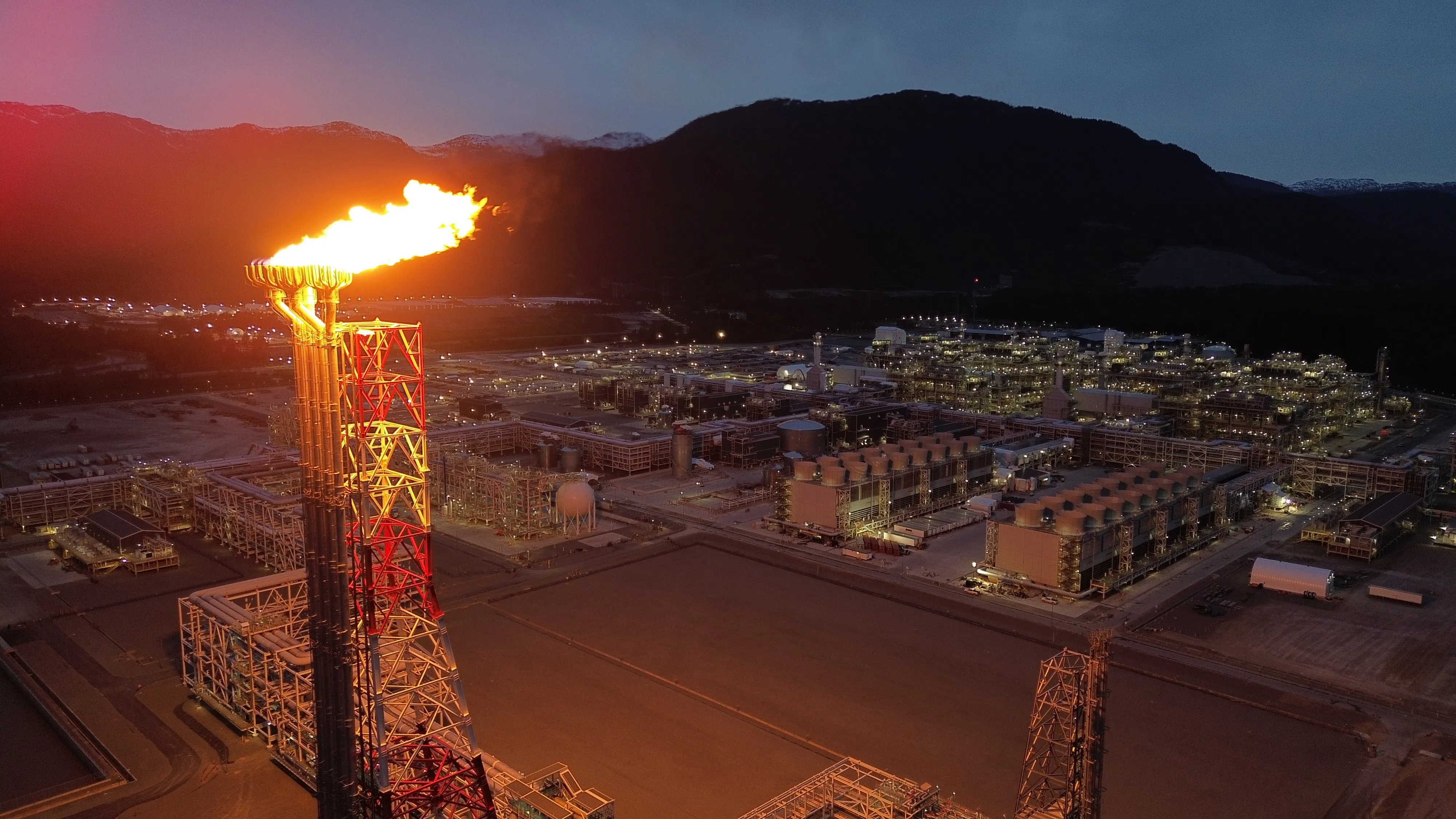A first-of-its-kind global study has revealed that liquefied natural gas (LNG) export facilities flare three times more gas during start-up phases than during regular operations—an oversight in environmental assessments for major Canadian LNG projects.
Published in Environmental Science & Technology and co-funded by the Natural Sciences and Engineering Research Council of Canada, the study used satellite data to track global flaring activity. Researchers found that commissioning, or start-up, flaring can last up to two years and significantly increases emissions—but is not being properly accounted for in project approvals across Canada.
Projects like Woodfibre LNG, Cedar LNG, and Ksi Lisims LNG did not include detailed start-up emissions in their regulatory filings. LNG Canada in Kitimat was not part of the main study because it was still under construction during the research period. However, early satellite data from late 2024 already shows several flaring events during its initial operations.
Flaring releases harmful air pollutants, including benzene and particulate matter, raising concerns for communities living near LNG sites.
A second part of the study, expected in 2026, will examine how these emissions affect air quality and public health—something experts say is urgently needed.










Comments